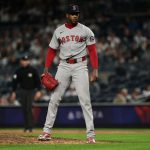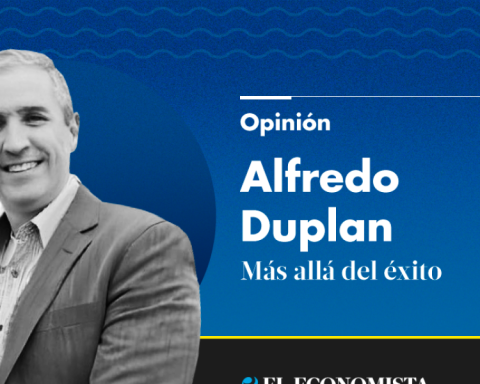Credit unions remained the fastest growing segment of the National Financial System (SFN). According to figures released today (20) by the Central Bank (BC), the active credit portfolio (total active loans) of the cooperative system increased 35.9% in 2021, while the SFN credit portfolio grew 15%.
The data are part of the Panorama do Sistema Nacional de Crédito Cooperativo (SNCC) report, published annually by the Central Bank. The survey was released in commemoration of the International Credit Union Day, celebrated today.
According to the report, the granting of credit by financial cooperatives grew, despite the persistence of the covid-19 pandemic in 2021. According to the BC, the segment has a strong presence in the interior of the country and in small businesses, which explains in part the above-average growth of the SFN.
“In another year marked by the covid-19 pandemic, credit unions continued to grow. It stands out in relation to the other segments of the National Financial System, demonstrating its importance for the development of economic activity, especially in the interior of the country, where the sector has a remarkable performance”, highlighted the BC in a note.
After a retraction at the beginning of the pandemic, the expansion of credit unions began to accelerate in the second half of 2020, ending that year with growth of 35% compared to the previous year. In August 2021, the volume of the active loan portfolio reached an increase of 42% in 12 months, before decelerating in the final months of last year.
In the study, the agency highlights that rural credit to families and credit for working capital boosted the portfolio of credit unions last year. Expanding since 2017, the credit portfolio for individuals grew 36.6% in 2021. Of this total, rural and agroindustrial credit, which accounts for 43.7% of credit to individuals, was the one that most drove the expansion, from BRL 57.8 billion in December 2020 to BRL 82.2 billion in December 2021.
service points
Credit unions continue to expand their physical presence. In 2021, the number of service units rose 9.9%, reaching more than half of Brazilian municipalities. The total number of members increased by 13.5% and ended last year at 13.6 million individuals and companies.
The total assets of credit unions, which include not only the loan portfolio, but other assets, totaled BRL 459 billion in December 2021, up 23.5% on the year. The stock of funding rose 23.7%, at a faster pace than that of other branches of the National Financial System.
Regarding the financial risks of credit unions, the BC reported that problem assets (such as non-performing loans) continued the downward trajectory that started in 2020. According to the body, the level of provisions (financial reserves to cover possible losses) is above 90% of the expected losses in the loan portfolio. The industry, the report noted, continues to operate above safety limits required by regulation.
The increase in financial leverage (loans that multiply the volume of cash in circulation) has been offset by greater control over provisioning and operating expenses, improving the sector’s earnings. “Furthermore, aggregate capitalization of individual credit unions remained comfortable relative to regulatory limits,” the BC report noted.
















